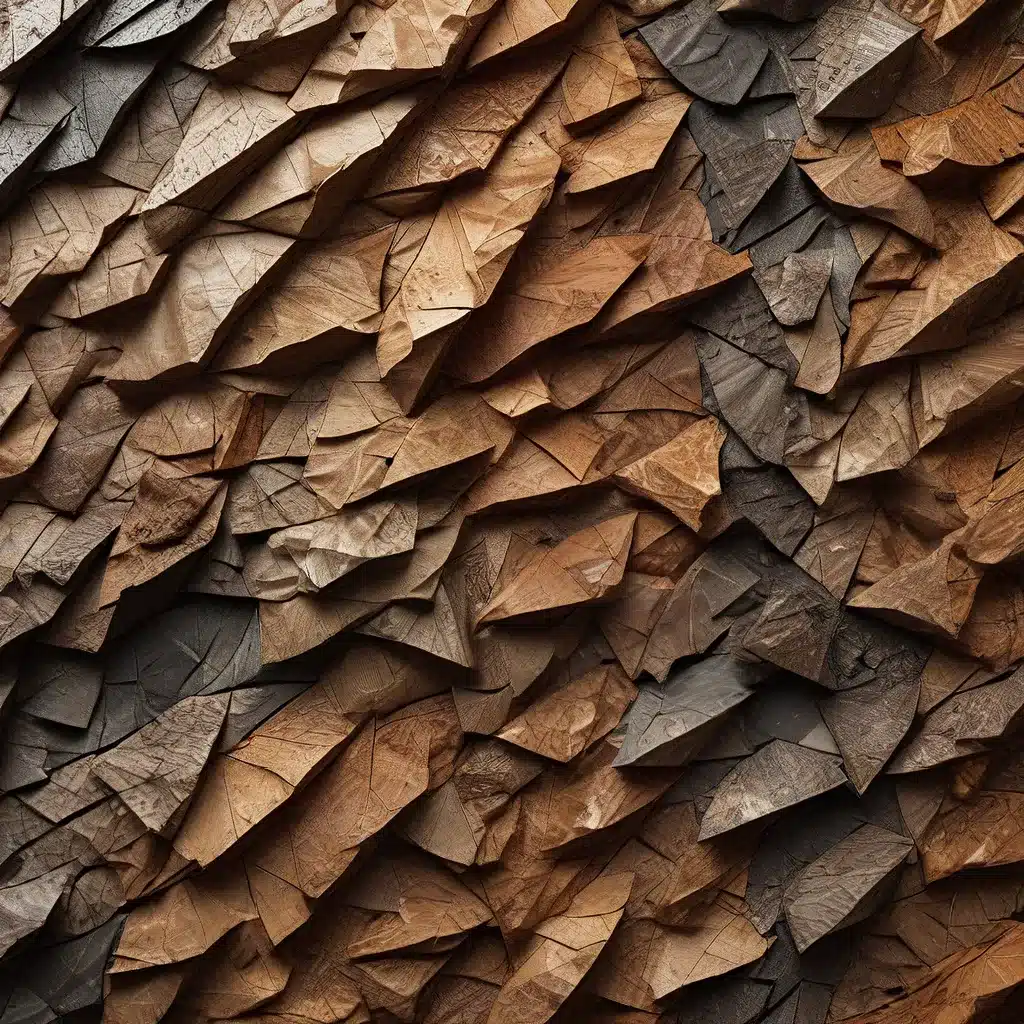
In the world of interior design, where beauty and functionality intertwine, the power of texture and surface play a pivotal role in creating captivating and visually striking spaces. Beyond the mere aesthetics, the thoughtful integration of diverse textures can evoke emotions, invoke memories, and elevate the overall sensory experience within a home.
Embracing Textural Diversity
One of the hallmarks of exceptional interior design is the skillful blending of contrasting textures. By juxtaposing smooth and rough surfaces, soft and rigid elements, or matte and glossy finishes, designers can craft multidimensional masterpieces that captivate the senses.
Urban Grace Interiors, a renowned design firm, specializes in creating harmonious environments where diverse textures coexist in perfect harmony. “Texture is the key to adding depth, interest, and a sense of luxury to any space,” explains the firm’s lead designer, Emily Wilcox. “It’s not just about what the eye sees, but what the hand feels – the tactile experience is just as important as the visual.”
Layering Depth and Dimension
One of the most effective ways to incorporate textural elements is through strategic layering. By incorporating varied stem lengths, contrasting foliage, and trailing accents, designers can create depth and dimension within a floral arrangement or tablescape.
“When you layer different textures, you create a sense of visual interest and depth that draws the eye in,” says Wilcox. “It’s like creating a three-dimensional work of art, where each element complements and enhances the others.”
For example, the firm might start with a base of sturdy, dense foliage like ligustrum or lemon leaf, then layer taller, more airy elements such as ming fern or asparagus fern to add height and movement. Trailing ivy or grapevine can then be used to cascade over the edges, creating a captivating, organic flow.
Curating Textural Containers
The choice of container can also play a significant role in amplifying the textural impact of an interior design scheme. While glass and ceramic vessels are classic options, Urban Grace Interiors often recommends exploring containers with unique textures, such as woven materials, rough clay, or hammered metal.
“The container itself can become a design element, adding an extra layer of interest and depth to the overall composition,” Wilcox explains. “By carefully selecting containers that complement the other textural elements in the space, we can create a cohesive and visually striking look.”
For a more bohemian or rustic aesthetic, the design team might opt for natural containers, like wooden boxes or woven baskets, which can enhance the sense of harmony and balance within the environment. Alternatively, the addition of non-organic accessories, such as ribbons, lace, or crystals, can inject a touch of unexpected elegance and sophistication.
Mixing and Matching Textures
When it comes to incorporating diverse textures, the key lies in striking the right balance. “Too many contrasting textures can feel chaotic and overwhelming,” Wilcox cautions. “It’s all about finding the right combination to create a sense of harmony and visual interest.”
One effective strategy is to pair soft, billowy textures like the petals of dahlias or the fluffy plumes of pampas grass with harder, sturdier elements such as calathea leaves or the rough bark of birch branches. This juxtaposition of hard and soft textures can create a pleasing tension that captivates the eye.
Alternatively, smooth or shiny surfaces, like the velvety leaves of lambs ear or the broad, glossy aspidistra leaves, can be beautifully complemented by rough, textural elements such as curly willow or clusters of succulents. This contrast not only adds visual interest but also a tactile experience that invites the viewer to engage with the space on a deeper level.
Foliage as Textural Powerhouses
When it comes to incorporating texture into interior design, foliage can be a powerful ally. From the delicate, lacy fronds of maidenhair fern to the bold, spiky leaves of sword fern, the range of textural possibilities is vast.
“Foliage is often overlooked, but it can truly elevate a design by adding a subtle layer of interest and depth,” Wilcox explains. “Whether it’s the waxy, velvety texture of eucalyptus or the soft, fluffy plumes of pampas grass, the right foliage can transform a space and create a cohesive, balanced look.”
Branches and berries can also play a crucial role in adding sturdy, structural elements to a design. The twisted shapes of hazelnut or olive branches and the spiky textures of sea holly or blueberry cedar can provide a striking contrast to the more delicate floral components.
Elevating the Luxury Experience
By embracing the power of texture, interior designers like Urban Grace Interiors can elevate the luxury experience within a home. The careful curation of diverse surfaces and materials can create a tactile journey that engages all the senses, leaving a lasting impression on both the homeowner and their guests.
“Texture is the key to creating a truly remarkable, immersive design experience,” Wilcox affirms. “It’s about more than just aesthetics – it’s about crafting a space that resonates on a deeper, emotional level, where every element works in harmony to create a truly multidimensional masterpiece.”
As homeowners and design enthusiasts continue to seek out elevated, personalized living experiences, the mastery of texture and surface will undoubtedly remain a cornerstone of exceptional interior design. By embracing the power of layered textures and surfaces, designers can transform ordinary spaces into extraordinary, multidimensional sanctuaries that captivate and inspire.

